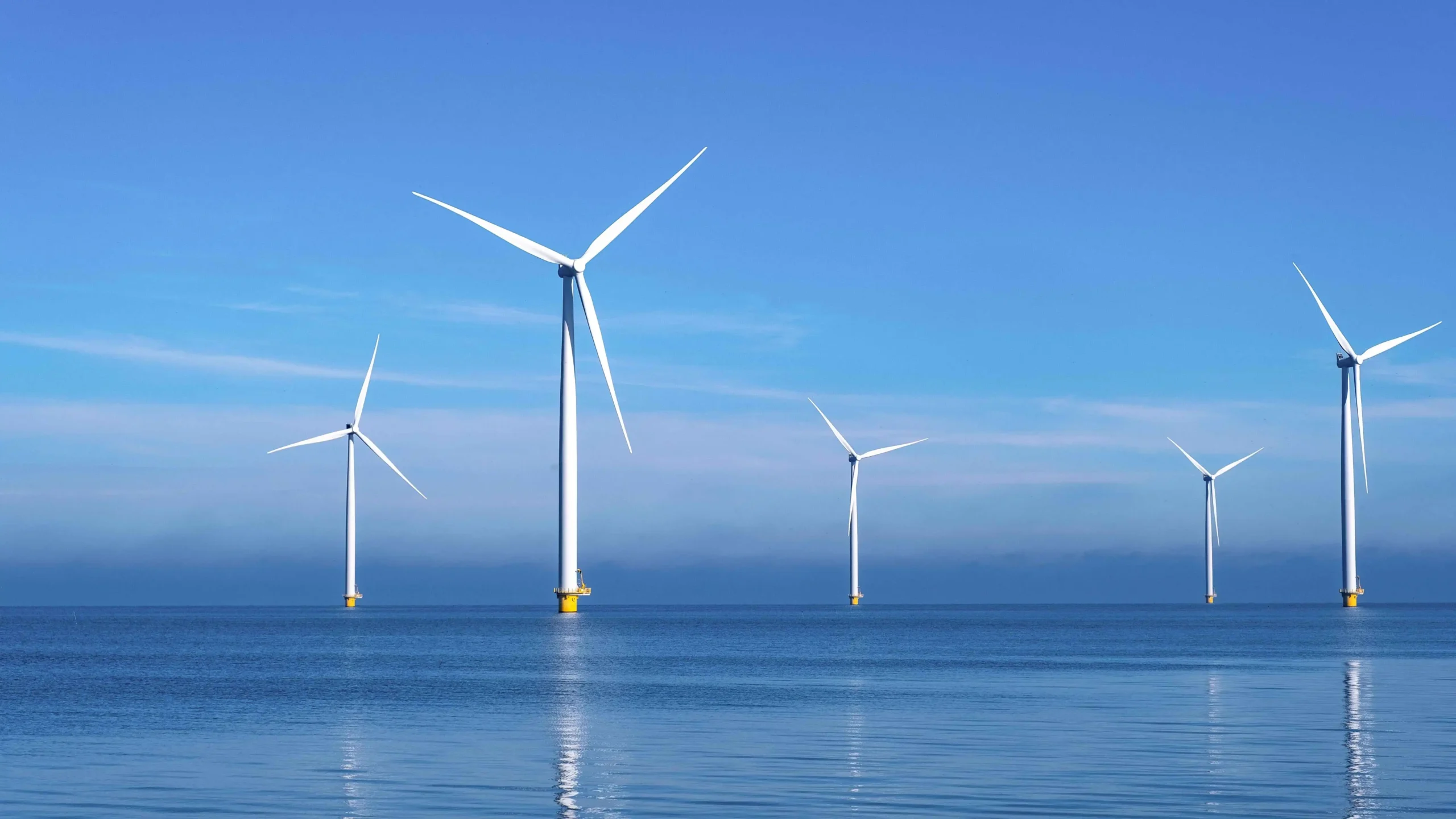Current Desalination Technology
Power-Intensive Reverse Osmosis Process
Most desalination plants and equipment today are based on reverse osmosis. Reverse osmosis uses high pressure (up to 65 bar) to press salt water against a very fine membrane that keeps the salt on one side and lets the water pass through. Like making filter coffee, but with a 1000x finer filter. The generation of high pressure requires lots of power. Hence, desalination plants are typically built with a power plant next door.
The membranes tend to clog and tear. Reverse osmosis is based upon the need for high pressure and filter systems. Due to the energy expenditure, reverse osmosis is currently only a fraction of the world’s water production. It is a last resort option to desalinate sea water that is only chosen if no alternatives are available. This will change as the desalination cost price per m³ of drinkable water depends mainly on the energy expended. By drastically decreasing the energy required, desalination can become an economically attractive option for fresh water production, comparable to fresh water production from river or waste water.


Revolutionary, Filter-Free Desalination
Compact, Low-Energy Desalination with No Filters or Pressure
Desaltify’s technology is totally different, designed to use no filters and no pressure to desalinate seawater. The technology is compact and relies on a pure electromagnetic process. After separating drinkable water from brine in one step, the same process can be used in a second step to further concentrate the brine to a very high salt concentration. The super-salt saturated brine can be used efficiently to produce sea salt for retail and industrial sales.
- Low energy
- Small size
- No filter
- No pressure
- No moving parts
- Low maintenance
- Low cost per unit of desalinated water produced
